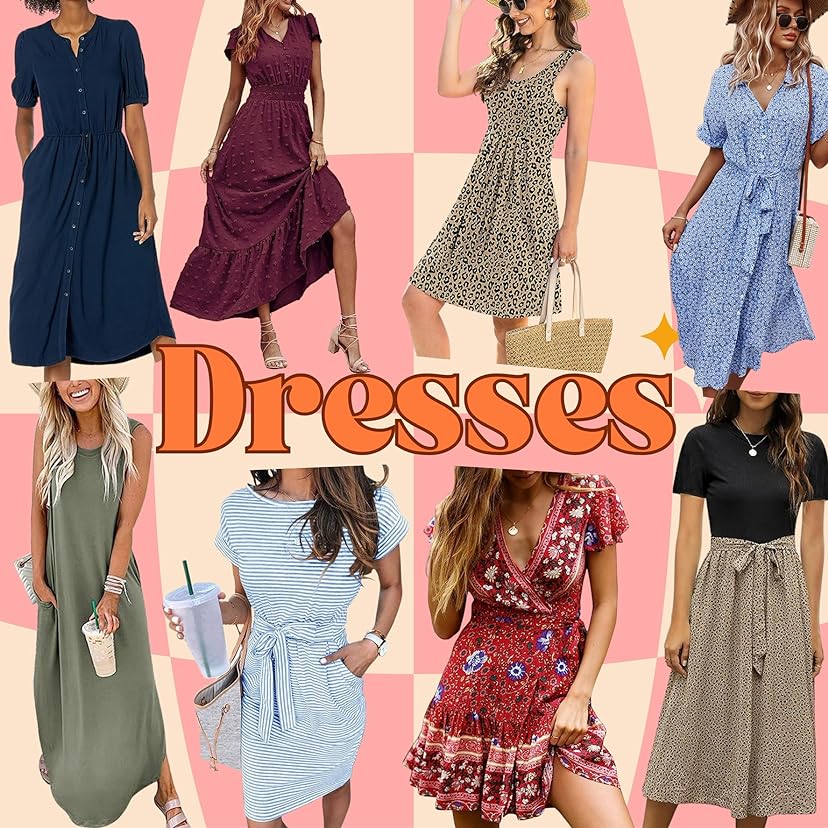When it comes to fitness, the materials we choose to wear during our workouts can significantly impact our performance, comfort, and overall health. With a plethora of options available, it’s essential to understand the characteristics of various fabrics and how they can enhance or hinder our exercise routines. This article delves into the healthiest materials to work out in, considering factors such as breathability, moisture-wicking properties, durability, and environmental impact.
Understanding Workout Materials
Before diving into specific materials, it’s crucial to understand the key attributes that define a healthy workout fabric. The ideal workout material should:
- Be Breathable: Fabrics that allow air circulation help regulate body temperature, preventing overheating during intense workouts.
- Wick Moisture: Moisture-wicking materials draw sweat away from the skin, keeping you dry and comfortable.
- Provide Stretch and Flexibility: Fabrics with a good amount of stretch allow for a full range of motion, essential for various exercises.
- Be Durable: High-quality materials withstand wear and tear, ensuring longevity and value for your investment.
- Be Eco-Friendly: Sustainable materials contribute to a healthier planet, aligning with the values of many fitness enthusiasts.
Top Materials for Workout Gear
- Polyester
Polyester is one of the most popular materials for workout clothing due to its excellent moisture-wicking properties. It effectively pulls sweat away from the body, allowing for quick evaporation. Additionally, polyester is lightweight, durable, and resistant to shrinking and stretching, making it an ideal choice for high-intensity workouts. However, it’s essential to choose recycled polyester options to minimize environmental impact.
- Nylon
Nylon is another synthetic fabric known for its strength and elasticity. It offers a soft feel against the skin and is highly breathable, making it suitable for various activities, from yoga to running. Nylon’s moisture-wicking capabilities help keep you dry, while its durability ensures that it can withstand rigorous workouts. Look for nylon blends that incorporate spandex for added stretch and flexibility.
- Merino Wool
For those who prefer natural fibers, merino wool is an excellent choice. Unlike traditional wool, merino is fine and soft, making it comfortable against the skin. It has natural moisture-wicking and temperature-regulating properties, keeping you warm in cold conditions and cool when it’s hot. Merino wool is also odor-resistant, making it suitable for extended wear during workouts.
- Bamboo Fabric
Bamboo fabric is gaining popularity in the fitness community due to its eco-friendly properties. It is naturally moisture-wicking, breathable, and has antibacterial qualities, which help reduce odor. Bamboo fabric is also incredibly soft and comfortable, making it an excellent choice for yoga and low-impact workouts. Additionally, bamboo is a sustainable resource, making it a responsible choice for environmentally-conscious consumers.
- Spandex (Lycra)
Spandex, often blended with other materials, is known for its exceptional stretch and recovery properties. It allows for a full range of motion, making it ideal for activities that require flexibility, such as dance, gymnastics, and high-intensity interval training (HIIT). While spandex alone may not provide moisture-wicking properties, when combined with other fabrics, it enhances comfort and fit.
The Importance of Fit and Comfort
While the material is crucial, the fit of your workout gear is equally important. Ill-fitting clothing can lead to discomfort and distraction during workouts. Look for garments that provide a snug yet comfortable fit, allowing for movement without restriction. Consider features such as flat seams to reduce chafing and adjustable elements like drawstrings or elastic bands for a personalized fit.
Conclusion: Making Informed Choices
Choosing the healthiest material to work out in involves understanding the properties of various fabrics and how they align with your fitness goals. Whether you opt for synthetic materials like polyester and nylon or natural fibers like merino wool and bamboo, prioritize breathability, moisture-wicking capabilities, and comfort. Additionally, consider the environmental impact of your choices, as sustainable materials contribute to a healthier planet.

